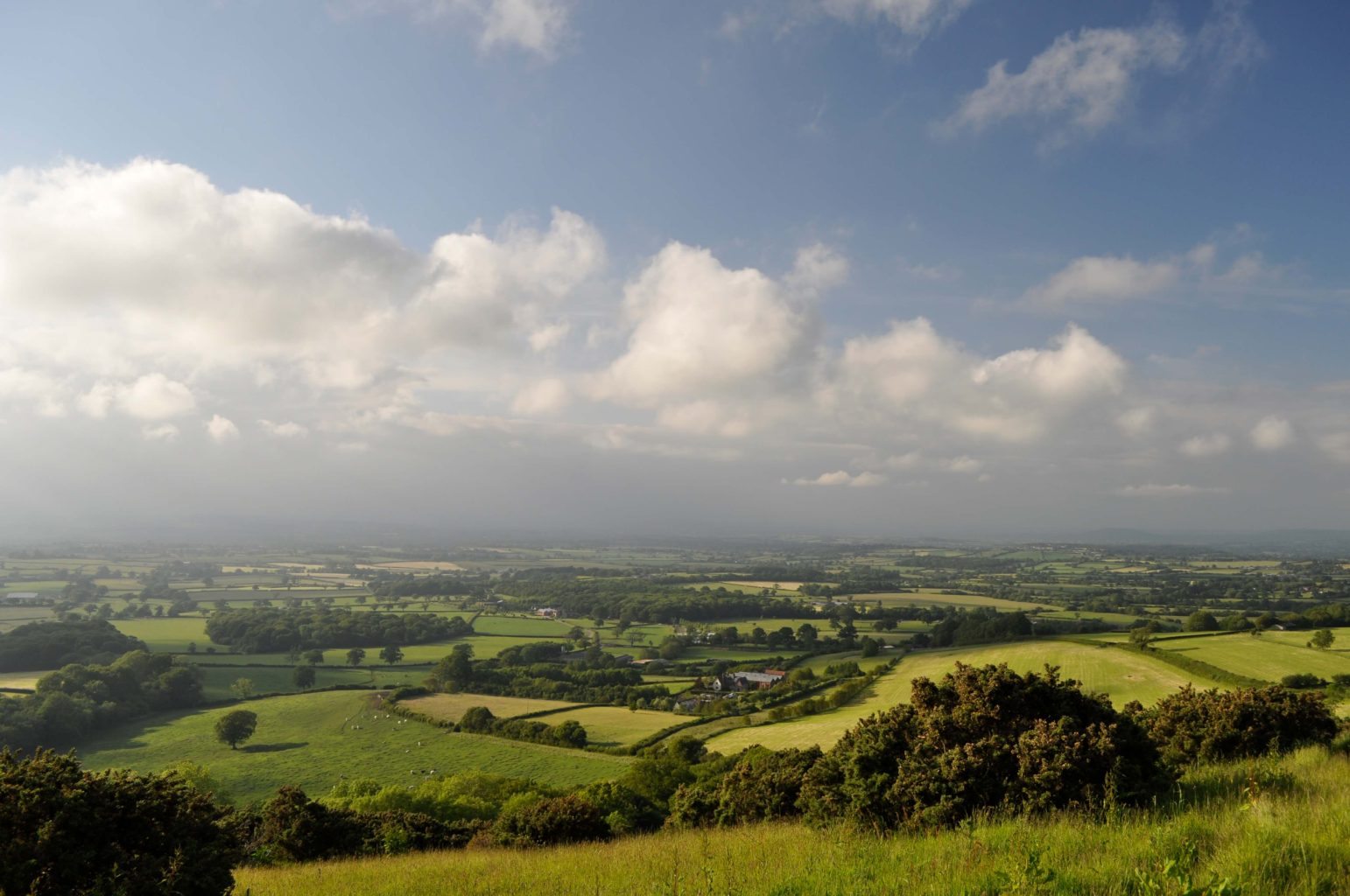Thomas Hardy’s Dorset
[dropcap]T[/dropcap]homas Hardy is undeniably Dorset’s most famous literary figure. He is even more famous for his creation of the partly real, partly fictional area of Wessex. Many of the places Hardy refers to in Wessex are real places with changed names. Casterbridge, for example, (from Hardy’s famous novel The Mayor of Casterbridge) is based on the real town of Dorchester, a place where Hardy spent much of his adult life and where there is now a museum and statue dedicated to him. The idea of Wessex also started off as a relatively small area in his earlier novels but eventually came to represent the whole of the South-West, with even Cornwall being referred to as ‘Off Wessex’.
It’s not hard to see why Hardy loved these places so much, as they are still rural and beautiful areas cut off from the outsi
de world
Renowned for being a rather pessimistic individual, many of Hardy’s novels are concerned with how small, agricultural communities were beginning to decline with the rise of modernity and industrialisation moving in from larger cities. When travelling around Dorset, it’s not hard to see why Hardy loved these places so much, as they are still rural and beautiful areas cut off from the outside world. One of these picturesque places worth visiting is Hardy’s home. The tiny, thatched cottage is Hardy’s childhood home, and is the epitome of the English countryside that you’d expect to find on postcards. It is also practically in the middle of nowhere, which really highlights Hardy’s humble beginnings. In contrast, Max Gate, the home which Hardy lived in after returning from his stint in London as an architect’s assistant and which he designed himself, is the home of someone wealthy and high up in society, showing just how successful Hardy’s career was.
The tiny, thatched cottage is Hardy’s childhood home, and is the epitome of the English countryside that you’d expect to find on postcards
It is also worth paying a visit to Stinsford, a place where Hardy’s heart may or may not be buried. Unfortunately for Hardy, famous author that he was, Poet’s Corner at Westminster Abbey was already getting pretty full so they’d only be able to bury his ashes there. To make things less miserable, Hardy’s second wife Florence decided that in a symbolic gesture, his heart should be buried closer to home. Rumour has it though that after removing the heart, the doctor left it on a table, only to return moments later to find his cat eating it! They supposedly had to bury a non-human heart (and possibly the cat) as a replacement.
It is hard to think about Thomas Hardy without also thinking about Dorset, and the beautiful countryside he was so attached to. I would even go as far to say that his heart was always in Dorset…
Image Credits: Dawn Verdaguer / Flickr (Header)

Comments (1)
This is a lovely article, I have links to Thomas Hardy, Dorset’s most famous literary figure along with Jane Austen and Mary Anning. So Dorset readers who love family history would probably adore the new book TURNER TREES, which even contains a genealogy revelation. Tess is also included.